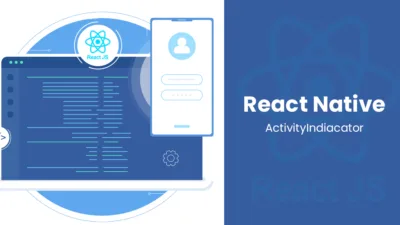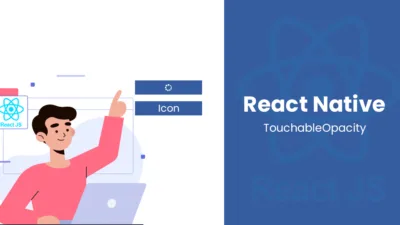In the ever-evolving landscape of mobile app development, React Native has emerged as a transformative framework, enabling developers to create powerful, cross-platform applications with ease. This article dives into the fundamental features and benefits of React Native, shedding light on why it’s become the go-to choice for many developers worldwide.
What is React Native?
React Native is an open-source framework developed by Facebook that allows developers to build mobile applications using JavaScript and React, the popular JavaScript library for building user interfaces. React Native enables developers to create cross-platform mobile apps that can run on both iOS and Android devices using a single codebase.
The key concept behind React Native is that it provides a way to write components in JavaScript that correspond to native UI components. These components are then compiled into native code, allowing them to render and behave just like native components. This approach provides a balance between the efficiency and performance of native apps and the flexibility and development speed of web applications.
Key Features of React Native:
Cross-Platform Brilliance
React Native’s hallmark feature is its ability to craft apps that function seamlessly on both iOS and Android platforms. With a single codebase, developers can bypass the arduous task of maintaining two separate codebases, streamlining the development process significantly.
Native-like Performance
Unlike hybrid frameworks, React Native compiles to true native components, granting your app the performance and responsiveness users expect. This approach ensures smooth animations, rapid load times, and a snappy user interface, comparable to fully native applications.
Reusable Components
React Native promotes modularity by breaking down the user interface into reusable components. These components can be employed across various sections of your app, resulting in a more organized and maintainable codebase.
Hot Reloading Magic
Gone are the days of rebuilding your app each time you make a change. React Native’s hot reloading feature allows developers to see modifications instantaneously, dramatically reducing iteration times during development.
Declarative Syntax
Building upon the concepts of React for the web, React Native uses a declarative syntax. Developers express how the UI should look based on the app’s current state, simplifying the development process and enhancing code readability.
Access to Native Modules
When your app needs to tap into native device functionality that’s not available via JavaScript alone, React Native permits the integration of custom native modules, enabling you to create bridges between JavaScript and native code.
Benefits of React Native:
Accelerated Development
React Native accelerates the development cycle by allowing developers to work on a single codebase, reducing redundancy and increasing efficiency. This shortened timeline translates to quicker time-to-market for your app.
Consistent User Experience
Building cross-platform apps with React Native ensures that your users experience a uniform interface and functionality across different devices. This consistency contributes to improved user satisfaction and reduced learning curves.
Cost-Effectiveness
By circumventing the need to maintain separate development teams for iOS and Android, React Native effectively reduces development costs. The shared codebase also simplifies updates and maintenance, further cutting down expenses.
Access to a Vibrant Community
React Native boasts a vibrant and engaged community of developers, which translates to a wealth of resources, tutorials, and open-source packages. This community-driven environment fosters continuous learning and innovation.
Streamlined Testing
With its hot reloading feature and consistent behavior across platforms, React Native makes testing more efficient. Developers can catch bugs and fine-tune their apps more swiftly, leading to improved app quality.
Final Words
React Native stands as a testament to the power of modern app development. Its combination of cross-platform compatibility, native-like performance, and a thriving community make it an indispensable tool for developers looking to create sophisticated mobile applications efficiently. By capitalizing on its features and embracing its benefits, React Native developers can build apps that resonate with users across the iOS and Android ecosystems.
Stay tuned for upcoming articles where we’ll delve deeper into practical aspects of React Native, providing insights into best practices, hands-on tutorials, and more.












